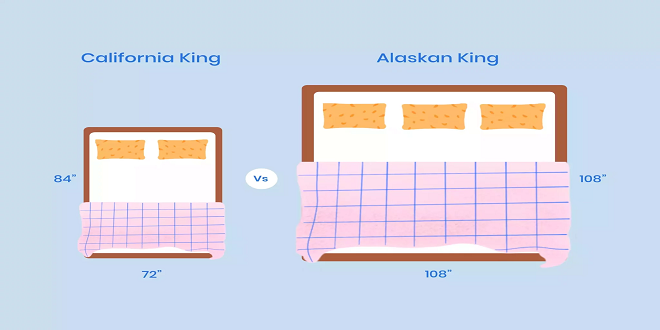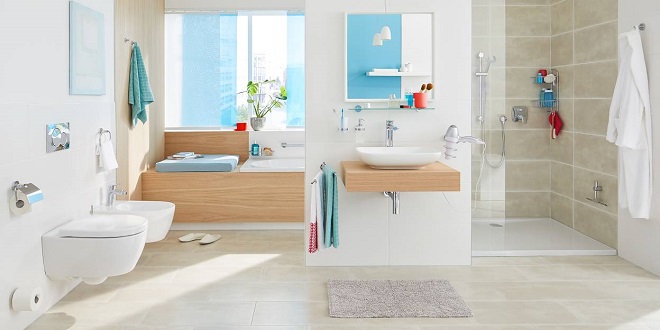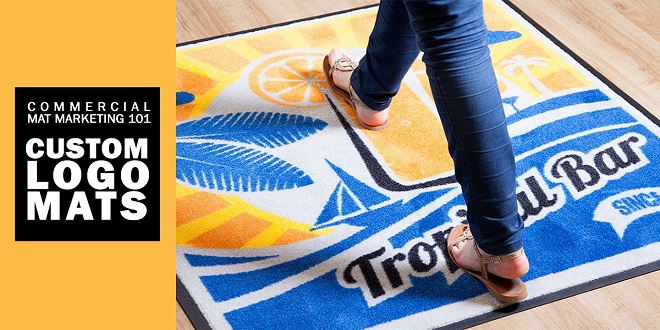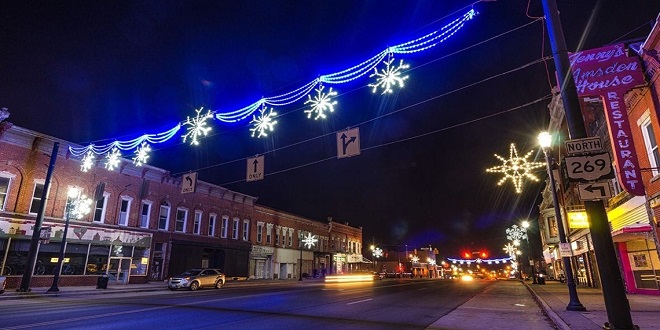6 Ingenious Ways Of Interior Designing

The design world set the direction of future trends, they are not the only ones. Here are a few suggestions for interior design trends for this year since the customers are also in charge of directing style and positioning them within the market.
The epidemic has given the idea of home and how we live in our place a greater significance.
Today, interior design is more popular than ever. Interior design professionals work with architects and engineers to identify the greatest decorative and functional features that will make a room usable, secure, and appealing.
There are many different formats and formulas for interior design, some unique and others with only the slightest variations. However, each offers a distinct flavor, finish, and experience that carves out a place in one-of-a-kind inspiration, historical, and creative endeavor stories. Therefore, it may be more helpful than you think to be aware of the differences between various interior design trends.
6 Ingenious Ways
- Internal Seating:
Built-in seating adds character to a space and can be a fantastic way to save space, whether it’s a window side porch with a great view or the comfortable Keekea fabric chairs. Other amusing architectural features are much more popular. Built-in furniture is taken into consideration if space is limited.
A built-in bench seat in the corner of a dining room frees up the room and storage closets. These can be fitted into unusable places or nooks.
- Arches:
Arches visually emphasize the height of your walls, giving the impression that any area is wide. An arch instantly elevates a space, whether it’s a part of hallway ideas or living room ideas, and there are several brilliant design choices you can make to make this lovely element stand out even more.
Even if your entire space is painted white, an arch will still appear lovely since it gives a room depth and dimension. However, nothing works better for a truly striking impression than drawing attention to the contrast between the arch and the nearby wall. The arches can be painted a different color to accomplish this.
- Minimalist Design:
Minimalist interiors convey the basic ideas of modernism in an almost puritanical palette. They can be inspired by the minimalist art movement of the 1960s and 1970s as well as traditional japanese design and zen philosophy.
Minimalism, which reduces things to their fundamental essentials, offers us an aesthetic that depends on the effectiveness of the design. It can be accomplished by a Minimalist interior like an LED RGB corner floor lamp. They are simplified to maximize aesthetic impacts and the usage of the space and are free of distractions or clutter.
The use of elements is limited, with precise detailing and hidden storage, receiving their proper emphasis. Quiet tones are used to investigate the colors, and one or two accents take center stage. These lines are kept interesting through line movement, repetition, and the liberal use of natural light.
- Contemporary Style:
By being current, the contemporary style is always changing and reflects the prevailing fashions and tastes of the moment. As a result, it is difficult to define this style in terms of a predetermined set of ideas, goals, or characteristics; yet, as a design aesthetic, it departs from the modernist movement by advocating a more rounded and balanced approach to interior design.
Contemporary interiors today draw extensively on the Mid-Century Modern design, which is currently popular. However, these elements, colors, and lines are arranged in softer compositions that leave as much opportunity for visual indulgence as functional efficiency. These can be places like soft-close cabinet hinges which are much more casual and less formal.
- Country Style:
When designing country-style interiors, coziness is essential since these rooms reflect the cozy embrace of a classic cottage. As a result, this style’s vocabulary can vary greatly and has roots in cultures, including English, French, Tuscan, and Scandinavian, to mention a few. But each of these tastes shared a passion for and appreciation for the natural and the rustic.
These chambers, which are carved out in a usually intimate scale and character, are filled with wood, earthenware, and a lot of organic materials. Popular design elements include patterned fabrics, papered or stenciled walls, and warm muted hues. The Country style has a wide range of elements and features that work together to generate warmth, fluidity, and balance.
6. Eclectic Interior Design Style
Interiors in the eclectic style personify uniqueness and freedom since they are surprising, unexpected, and fearless to defy the rules. This style freely borrows from others, harmonizing the range of ideas and influences to suit the area and purpose without any objectives to confine it.
This design approach’s fundamental characteristics include a great deal of diversity and layering, which can create an overall rhythm that animates the space and keeps it completely overwhelming.
To make sense of the chaos it lives in, eclectic style turns to fundamental design principles, creating harmony through color, composition, balance, and materiality. Without sacrificing its fluidity and coherence, fabric and texture, in particular, play a significant role in adding layers, variations, and complexity to the space and aesthetics.
Summary
Trends in interior décor and design are summarized. In conclusion, consumers ultimately determine trends; if they don’t like the color, product, design, or price tag, they won’t buy it. You can have all the color and trend predictions you want. But if the market is changing the way it thinks, you must reconsider your concepts of trend, the new market appearance, and the future of the generation that will reduce, reuse, and recycle.





